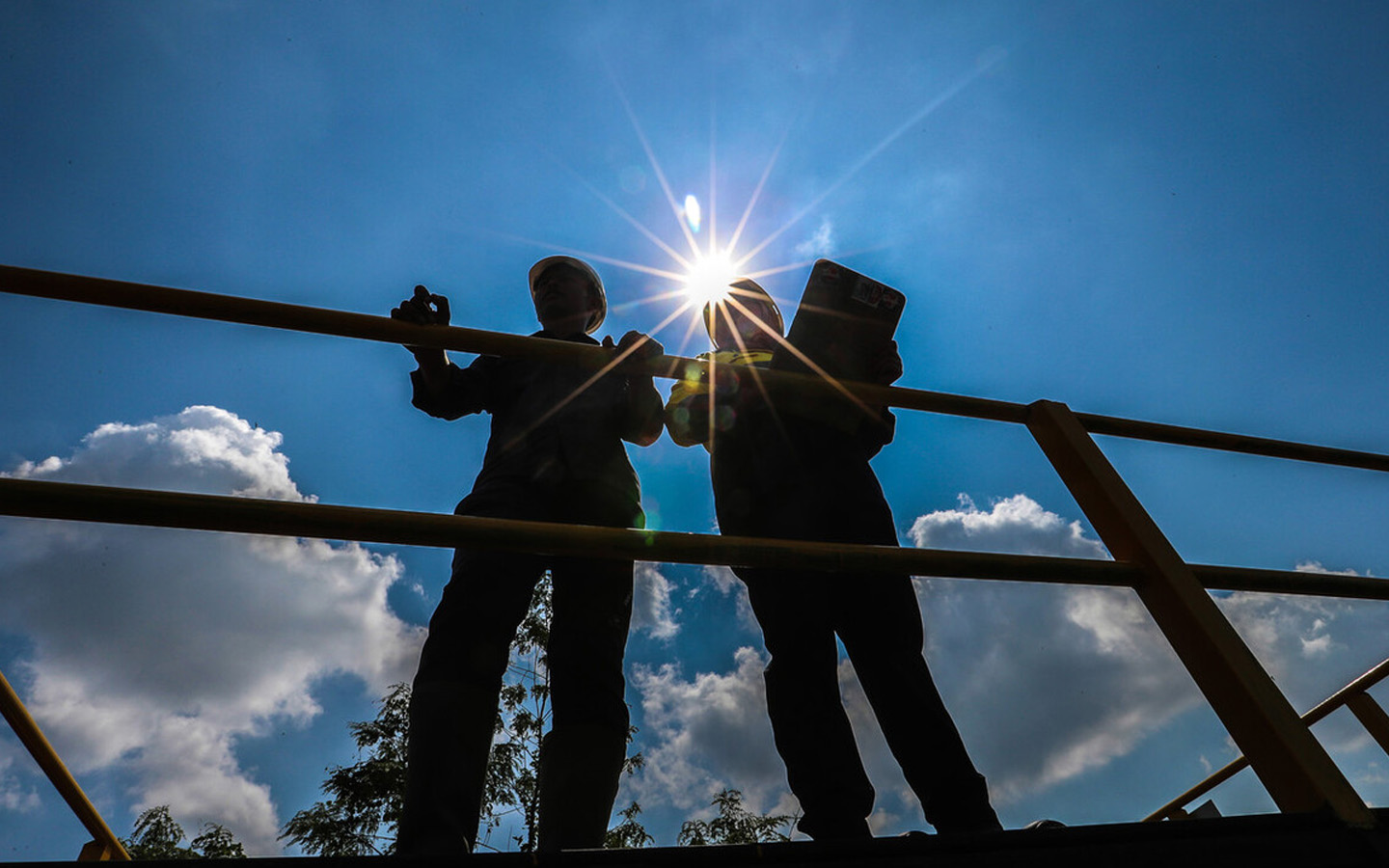Harnessing Solar Power to Secure Energy
ADB and the Japan Fund for Prosperous and Resilient Asia and the Pacific are helping Bhutan diversify its renewable energy sources. The partners aim to increase rural electricity, reduce rural poverty, and cut costs by harnessing solar power to complement the country’s existing hydropower plants.
Sustaining Progress
Bhutan, one of Asia’s smallest countries in population and land area, is challenged by poverty and energy insecurity. Despite this, the country has one of the world’s fastest-growing economies. To sustain this growth, the government must reduce urban and rural poverty while ensuring the economy has enough power.
This is easier said than done. Bhutan has a significant economic disparity between urban and rural areas, with rural poverty at 11.8% and urban poverty at 0.8%. Furthermore, hydropower plants provide most of the country’s energy supply. They are renewable and sustainable, but they are not without difficulties. River water is used in all of Bhutan’s power plants. During the winter, their flow decreases, resulting in an insufficient power supply. The country imports energy from neighboring India to fill the gap.
The government recognizes that a lack of energy aggravates poverty. Such is especially true for women in Bhutan. They have a labor participation rate of 49.6%, which is significantly lower than the rate of 73.6% for men. Traditional expectations of time-consuming heavy housework loads in energy-poor homes hamper women’s labor force participation. If households had more access to clean and efficient energy, cooking, washing, and cleaning time could be reduced, freeing time for women to engage in training and business. While rural women and girls are the primary energy users in households, they also rely on small-scale agriculture and livelihood activities, which could be enhanced by reliable electricity.
Tapping the Sun for Energy
While water for hydropower plants is depleted in Bhutan during winter, solar radiation is at its peak. The country’s technical solar potential is estimated to be 12,000 megawatts. Using the sun’s energy can help fill the energy gap during winter. Solar power equipment prices have gradually decreased recently, making it more affordable for most countries. According to Christoph Meindl, ADB energy specialist, “If they can take advantage of the lower price, Bhutan can harness the power of the sun to diversify its energy sources, solve its winter electricity shortage, and help reduce poverty.”
To maximize this opportunity, ADB and the Japan Fund for Prosperous and Resilient Asia and the Pacific (JFPR) teamed up to support the Government of Bhutan in tapping the sun’s power for energy supply. Together, they initiated the Alternative Renewable Energy Pilot Project in 2020 to demonstrate the viability and sustainability of solar power as an alternative energy and income source in Bhutan.
The project is now in full swing despite the lingering effects of the pandemic. Reviews of the regulatory framework and the tariff systems for solar power systems and other renewable sources of energy are ongoing. A study is under way that aims to identify the issues and challenges associated with solar power technology within the context of the country’s energy policy, particularly residential household costs, infrastructure, and electricity grid assessment.
Bhutan can harness the power of the sun to diversify its energy sources, solve its winter electricity shortage, and help reduce poverty.
Christoph Meindlenergy specialist, ADB
The project is also enhancing energy-based livelihood skills to help address rural poverty in the country. It has offered training sessions on vocational education and has even provided equipment to support energy-based livelihood activities.
A Sunny Future
These outcomes directly benefit the poorest people in Bhutan. Through this pilot project, beneficiaries will be assured of a consistent energy supply even during winter. The livelihoods and the equipment provided will also help them, especially women, increase their incomes.
The pilot project is expected to be completed in 2024. Projections show that about 300 poor, rural households will be equipped with small-scale solar photovoltaic systems when the project finishes. Once done, this output will demonstrate how energy supply can be made more affordable and reliable all year round for beneficiaries, saving the government energy import expenses. It will decrease government electricity subsidies by 20%, too. These small-scale solar power systems will also help increase household income by 7% at the project site.
The project’s soft components, such as livelihood training sessions and the provision of energy-based equipment, will extend the pilot’s impact. They will help increase women’s labor participation and provide them with additional income sources and livelihood opportunities. When the project ends, at least 10 villages will be provided with energy-based equipment and skills training. This will demonstrate the viability of solar power as an alternative source of power and income.
Project Details
Bhutan: Alternative Renewable Energy Pilot Project
Cost
$3.5 million
- Government of Bhutan $500,000
Cofinancing Partner
- Japan Fund for Prosperous and Resilient Asia and the Pacific (Grant) $3 million
Dates
Approval Date 21 October 2020
Signing Date 6 November 2020
Completion Date 30 June 2025


